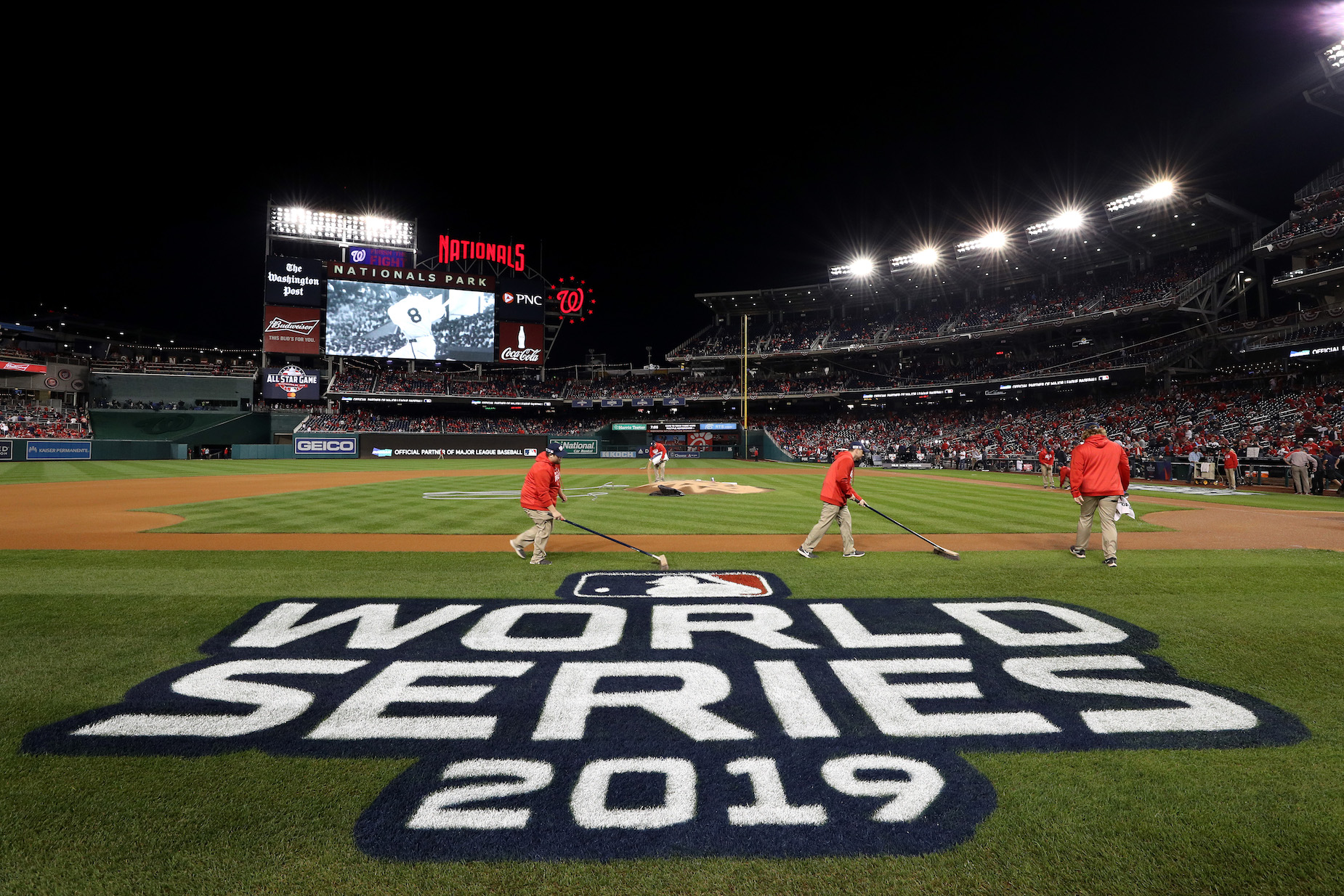MLB
Why Is the World Series Called the World Series When It Only Includes Teams From the United States?

If you’re a baseball fan, there’s nothing like the World Series. The MLB season (at least in normal circumstances) is a grueling marathon; no mere hot streak can survive 162 games. If a team can survive that war of attrition, plus make it through the playoffs, they earn a place in the Fall Classic and a chance to claim the Commissioner’s Trophy.
If you’ve ever thought about the concept of a ‘world series,’ however, then you may have noticed a crucial flaw: only North America, rather than the world, is represented in Major League Baseball. So how did the World Series get its iconic, if inaccurate name?
The history of the World Series
RELATED: An Early Baseball Rule Would Have Prevented World Series Winners From Receiving Championship Rings
Whether you’re a newcomer or a die-hard baseball fan, everyone knows that the season ends with the World Series. In the sports’ early days, however, that wasn’t always the case.
As laid out by Baseball Almanac, baseball’s championship round has evolved over the years. In 1884, the National League champion Providence Grays faced the American Association champion New York Metropolitan Club for all the marbles. While that end of season formula stuck, it was far from the World Series we know today. The competing teams would work out the rules of engagement beforehand, leading to some irregularities; the initial series only lasted three games, while another stretched across 15 meetings.
After the American Association folded, the National League tried a new formula; each half of the season would have a champion, based purely on wins and losses, and those two teams would meet in a deciding series at the end of the year. That idea, however, didn’t stick.
In 1894, however, “Pittsburgh’s owner William C. Temple offered a championship trophy to the winner of a best-of-seven-game series between the National League’s first and second-place teams.” While that series only lasted three years, it set the stage for the modern World Series we know and love, which began in 1903.
How did the World Series get its name?
RELATED: MLB: The 5 Most Influential Plays in World Series History
When the modern World Series began in 1903, it already carried its signature name, despite only featuring teams from the United States. From a historical perspective, though, that made sense.
The United States was a burgeoning global power, and baseball was America’s pastime; it seemed logical that the best team in the world would come from the states.
“You really have to look back at the way most people in the United States saw the world in 1903 — the year the ‘World Series’ championship was created,” baseball writer Joseph A. Reaves told NPR’s Tal Barak. “The Gilded Age was giving way to an era when the United States would dominate the globe militarily, economically and politically. No one could beat the United States militarily. And surely no one could beat the U.S. at its own game.”
Reaves isn’t the only one to share that view. Eric Enders, the head of Triple E Productions, a baseball research and consulting service, agrees.
“The truth is that at the time when it was first called World Series the two teams were really the best teams in the world,” Enders added. “So they could semi-legitimately call that the World Series.”
There was once a plan for a ‘true World Series’
Since the early 1900s, though, sports fans have noticed the inherent flaw in crowning Major League Baseball’s top team as the world champion. In 2010, however, there was some talk about a “true world series” that would attempt to solve the problem.
As documented by Benny Leo of Bleacher Report, the MLB wanted to “pit their champion against Japan’s NPB Champion to have a “True World Series.” While talks were planned and there some support—the New York Times reported that Bud Selig was open to the idea—it never came to light. There have been some international efforts, like the World Baseball Classic and the MLB Japan All-Star Series, but those haven’t claimed the World Series title.
This fall, the LA Dodgers and the Tampa Bay Rays will face off in the 2020 World Series. For better or worse, the victor will emerge as baseball’s world champions.











